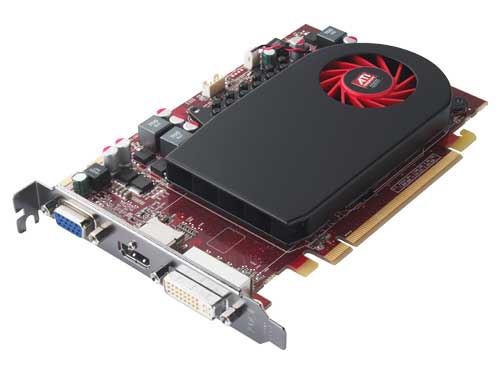Yesterday news broke out about Chinese hackers hacking into Indian PMO's (Prime Minister's Office) systems & stole sensitive information ,which may include that of the NSA (National Security Advisor).
The question arises how was all this possible & what methods/technology were used?
From the nature of the attack (as described on NEWS channels) & according to my understanding, the chinese used advanced BOT-NET technology to gain backdoor access & steal sensitive information.
For those who may not know about BOT-NETS, here's a brief description:- hackers infect computers with advanced spywares called BOTS(in this case through email).These bots install themselves silently into the Master Partition of your harddrive & load into your system's main memory even before the OS is loaded, during the boot sequence. These BOTS open backdoor PORTS of your computer & are also intelligently programmed to send sensitive data such account ID's, passwords by recording your keystrokes, to their authors,who are also termed as BOT-MASTERS.
Not only this, the BOT-MASTERs also controls the functioning of such infected Computers over the internet through the BOTS, for such reasons in Hackerz term, the infected PC is also called as ZOMBIE-PC (ZOMBIE, coz the system is controlled remotely).
Now hackers use thousands of such ZOMBIE-PCs as a network (also called as ZOMBIE Network) to direct attack on organizations, corporations or even countries.
One famous example was TORPIG BOT-NET which consist of on an average 100,000 infected PC's & was used for stealing credit card records & banking details of infected users & transfered almost 70GB of data evry day from infected Systems to the BOT-MASTER.Using such large quantity of infected system, gives the hackers computing power nearly equal to a mainframe or maybe a supercomputer & thus is possible to hack into protected military or corporate networks
you can read more about the torpig botnet by clicking here

 Dell computers launched their own version of Tablet PC The Dell mini 5 to compete with the Apple iPAD.
Dell computers launched their own version of Tablet PC The Dell mini 5 to compete with the Apple iPAD.




































